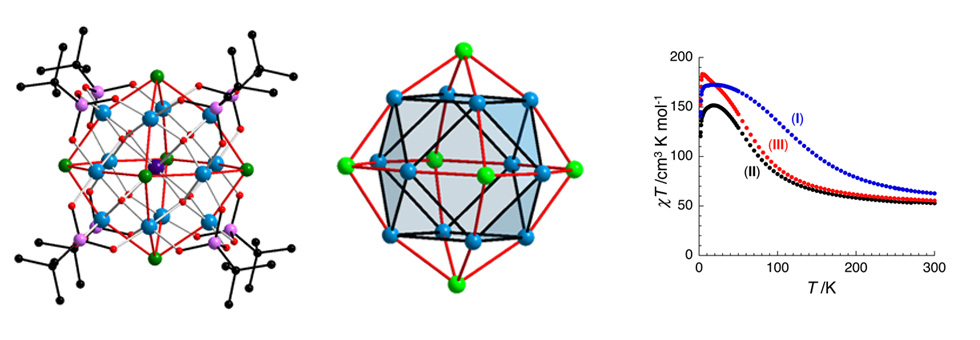Research Activities
Our research activities are funded by the Science Foundation Ireland (SFI), the Irish Research Council for Science, Engineering & Technology (IRCSET), the Environmental Protection Agency (EPA) and Trinity College Dublin. Current research activities include:
- Synthesis and characterisation of metal-organic frameworks for gas storage and catalysis applications
- Synthesis of hybrid polyoxometalates and other coordination clusters.
- Fixation and activation of carbon dioxide using supramolecular coordination complexes.
- Biomimetic approaches to material sciences
- Design and characterisation of hybrid spintronic devices
- Synthesis and characterisation of complex molecular magnetic materials
- Spin-crossover metal-organic frameworks for gas storage and catalysis



